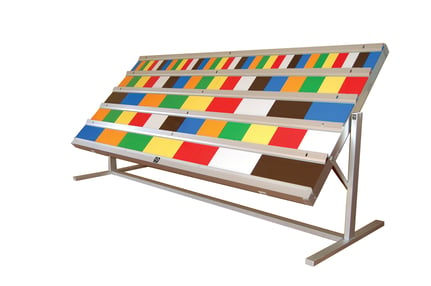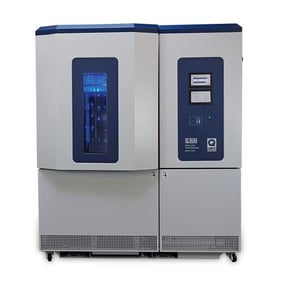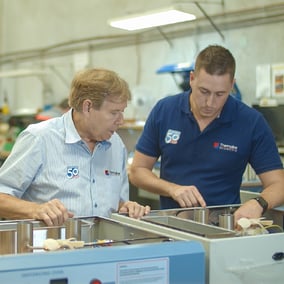
When should I choose the QUV accelerated weathering tester vs. the Q-SUN xenon-arc lightfastness tester vs. Q-Lab outdoor testing? The aim of all of the testing is to determine performance in real-world conditions.
We assume that non-accelerated outdoor (or even under glass) testing without concentration is the best and most accurate gauge of product durability and that we require an accelerated alternative. Going further testing of this type in similar weather conditions and latitudes would provide even more meaningful results, but the time frame required is too long to make product adjustments and improvements.
In this brief overview, we will discuss different testing methods to help you choose the best one that suits your requirements. However, if your industry has a standard test requirement, you must adhere to it, and the choice of method and equipment won't be applicable. It's important to note that the outdoor testing method described below is also a form of accelerated testing, utilizing the Q-TRAC concentrator, which can provide five years' worth of light exposure in one year. We hope this information provides valuable insights to assist you in making an informed decision.
QUV
The QUV weathering tester is a fast and economical tool for testing materials. It uses fluorescent UV lamps that provide the best possible simulation of solar UV radiation. However, it may not be suitable for testing certain materials that require longer wavelengths.
Short-Wave UV: As the QUV tester provides the best possible way to simulate sunlight in the short-wave UV region, it is best for testing more durable materials such as coatings, roofing, and plastics. Its fluorescent UV lamps are spectrally stable, which enhances the reproducibility and repeatability of testing results.
Condensation: The condensation system in a QUV tester (100% RH) is the most realistic way to accelerate the effects of outdoor moisture.
Q-SUN
The Q-SUN xenon arc tester is a highly versatile equipment that is particularly useful in testing dyes, pigments, textiles, inks, and indoor materials. It reproduces the full spectrum of sunlight, including UV, visible and infrared, making it an excellent choice for testing light stability.
One of the key advantages of the Q-SUN tester is that it can replicate daylight and sunlight through window glass exposure conditions, thanks to its optical filters. It is also ideal for humidity-sensitive materials such as textiles, inks, cosmetics, and pharmaceuticals, as it offers superior moisture dwell properties.
However, it's worth noting that xenon arcs are known to be less stable than fluorescent lamps. Additionally, the water spray used in this tester is less realistic than the condensation cycle of the QUV tester.
Q-Lab Outdoor Testing:
Q-Lab Arizona and Florida are considered the global standards for sunlight and moisture testing. They enable the most accurate prediction of product performance. Although some exposure tests may take years to complete, there are techniques that can be employed to gather useful data in the short term.
Natural Florida Weathering:
Florida's subtropical exposures are characterized by abundant sunlight, high temperatures, and a lot of moisture. Most materials would be suitable to undergo natural Florida benchmark exposures for meaningful testing results. While natural tests can take several months or even years to complete, as discussed, the results obtained are the most realistic and provide benchmark data for accelerated testing.
Natural Arizona Weathering:
Arizona desert exposures lack moisture but have even more UV sunlight than Florida and extreme, fluctuating temperatures that may cause thermal shock.
Q-TRAC Natural Sunlight Concentrator:
The Q-TRAC Natural Sunlight Concentrator can deliver as much natural sunlight to specimens in one year as they would receive in five years in Florida.
There are no firm guidelines other than regulatory requirements that may be in your industry on what you choose, but hopefully, knowing the details of the testing will help you. Your choice should be based on your specific testing requirements, budget constraints, and the level of realism and accuracy you need. Combining different testing methods to complement each other can also be a viable approach for comprehensive weathering and lightfastness testing. Always consult with experts in your field and review relevant industry standards to ensure your chosen testing method meets your needs and any regulatory requirements.
Please contact the Thermoline sales team if you have any questions.






